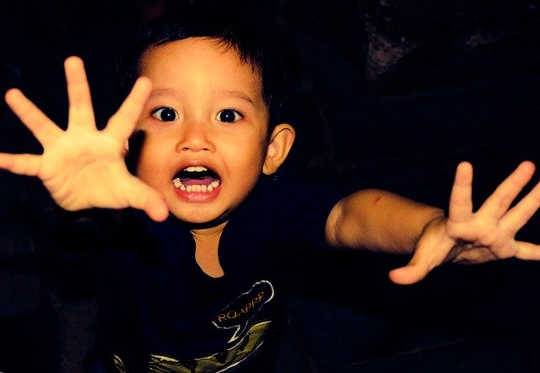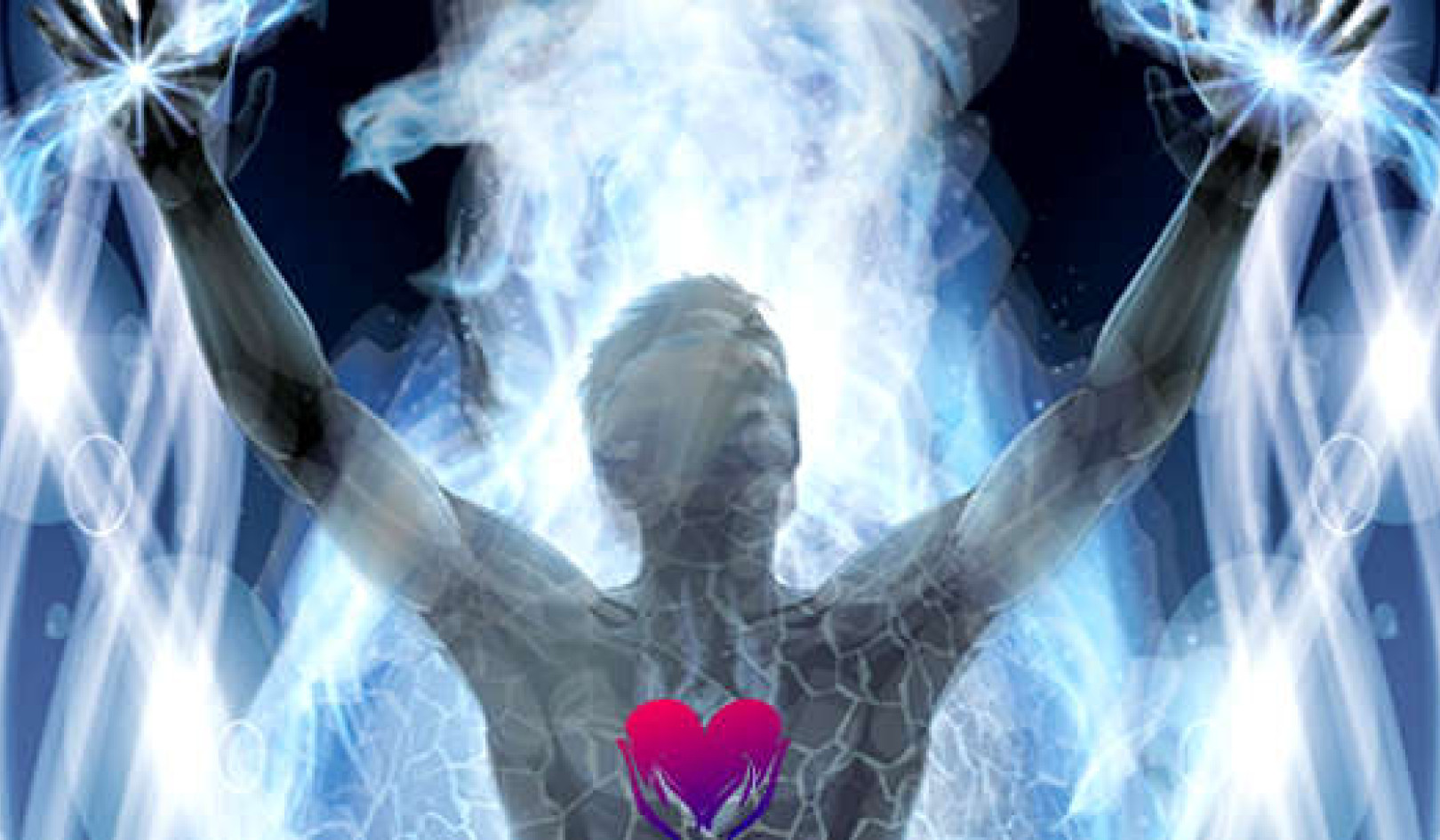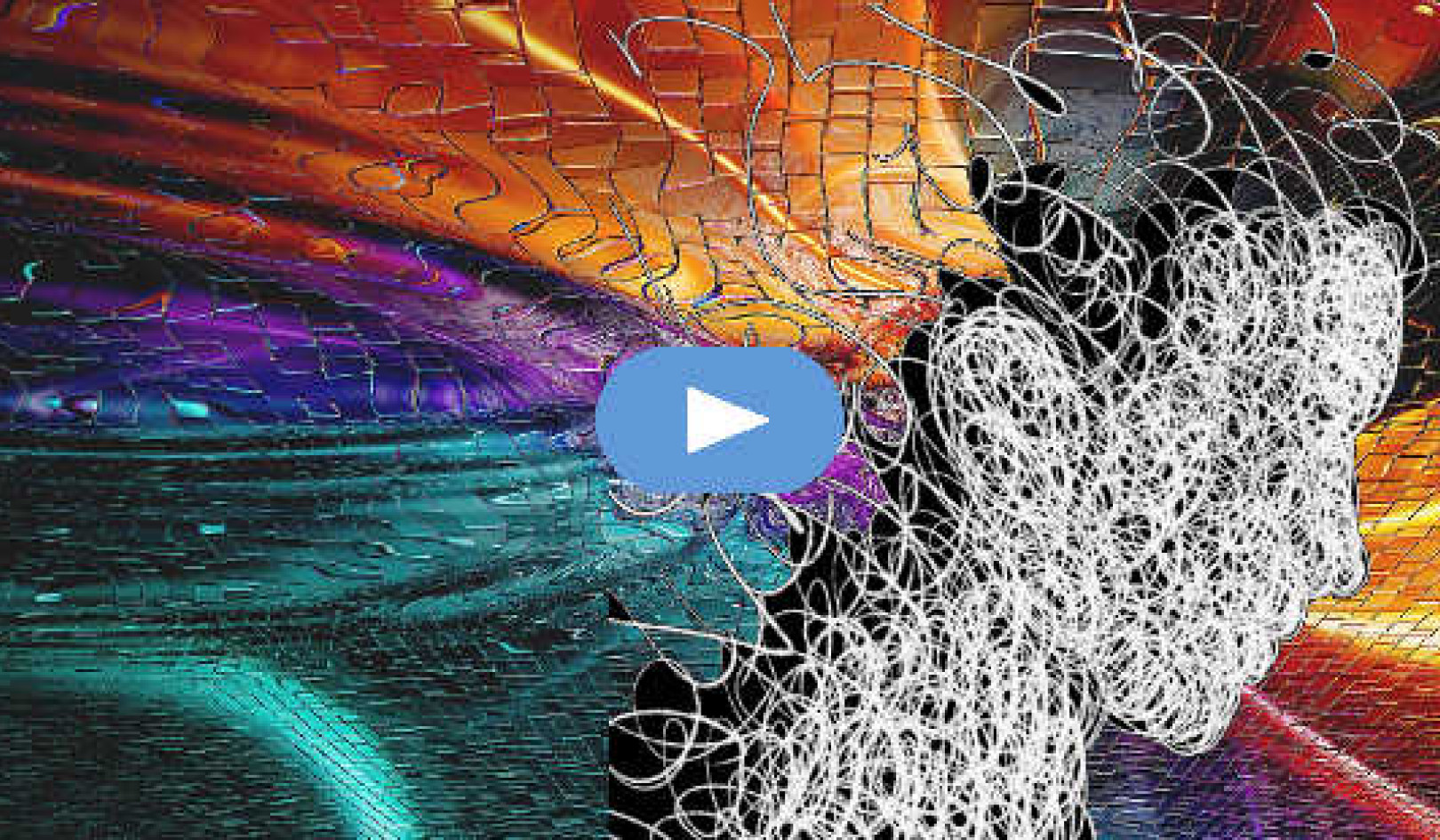
Image by Belajati Raihan Fahrizi
For every setback, look for opportunity. That is a provocative statement, hard to accept when you feel betrayed or shamed or in the depths of grief or loss. When you have lost your job, or your partner has walked out on you, or you have made the worst mistake of your life, how can you accept the idea that by what you fall, you can rise?
When you feel crushed by a global pandemic that has put a hold on your life and may have cost you your health or your livelihood or your ability to breathe fresh air outside without a face mask, what gift can you find in the situation?
You have nothing to lose by proceeding as if, despite appearance, there may be a gift in the loss. You can try saying to yourself, “Okay. That went down the tube. That door closed. Wait a minute. If that door closed, where’s the door that might be opening?”
J.K. Rowling, who suffered rejection again and again before she found a publisher willing to take on Harry Potter, put it this way in her 2013 commencement speech at Harvard:
“It is impossible to live without failing at something, unless you live so cautiously that you might as well not have lived at all — in which case, you fail by default. . . . The knowledge that you have emerged wiser and stronger from setbacks means that you are, ever after, secure in your ability to survive. You will never truly know yourself, or the strength of your relationships, until both have been tested by adversity.”
You may want to consider the cases of people who have been savagely beaten down by life only to rise again, showing us that there can be a tremendous gift in a wound. I think of Harriet Tubman, the most famous conductor of the Underground Railroad, who helped hundreds of fugitive slaves to escape to freedom in the North in the years before the American Civil War. At about age eleven, she was nearly killed when she was hit in the forehead by a two-pound lead weight hurled by an angry overseer. She carried the scar for the rest of her life.
One of the effects of the wound was that she developed a form of narcolepsy that required her to take short and sudden “sleeps” in the middle of any kind of activity. It was during those “sleeps” that she saw visions showing her the roads and river fords and safe houses to which she was able to guide escaping slaves, avoiding the slave owners’ posses.
Breaking Down or Breaking Through
On a path of transformation, you come to a point where you break down or you break through. Sometimes the breakdown is a condition for the breakthrough.
At twenty-five, British climber Joe Simpson was climbing the west face of Siula Grande, a mountain in the Peruvian Andes. Near the top, he fell and broke his leg, and his partner had to leave him on the mountainside. He came very close to death.
Reflecting on how his life would have unfolded had he not had a close encounter with death on the mountain, he wrote in Touching the Void,
“I would have gone on to climb harder and harder routes taking greater risks every time. Given the toll of friends over the years I’m not confident I would be alive today. In those days I was a penniless, narrow-minded, anarchic, abrasive and ambitious mountaineer. The accident opened up a whole new world for me. Without it I would never have discovered hidden talents for writing and public speaking.”
A fair amount of Chronos time may be required to appreciate what Ralph Waldo Emerson called “the compensations of calamity.” He wrote that such compensations become apparent “after long intervals of time. A fever, a mutilation, a cruel disappointment, a loss of wealth, a loss of friends, seems at the moment unpaid loss, and unpayable. But the sure years reveal the remedial force that underlies all facts.”
Upending Perception
It’s been said that illness is the Western form of meditation. Calamity may be a universal gateway to transformation, if we are able to recognize the educational opportunity, seize it, and use it to break through rather than break down.
The philosopher emperor Marcus Aurelius did not record his thoughts for publication or posterity; he wrote them as memos for himself and did not call them Meditations, a title bestowed by a much later editor. If you have seen him portrayed by Richard Harris in the movie Gladiator, you know that (even allowing for scripting hyperbole) Marcus did not live the life of a mere armchair philosopher and was not fortunate in the character of his family or the state of his beleaguered empire.
Nonetheless, in the midst of the fray, writing to establish and maintain a witness perspective on the broiling events around him, he formulated two principles that seem to me to be essential rules of life. The first is that our lives are dyed in the colors of our imaginations.
The second goes like this: “Our actions may be impeded. . . but there can be no impeding our intentions or their dispositions. Because we can accommodate and adapt. The mind adapts and converts to its purposes the obstacle to our acting.” In summary: “The impediment to action advances action. What stands in the way becomes the way.”
What a magnificent invitation to upend our reflexive response to adversity and seek the opportunity in the obstacle and the gift in the challenge!
It’s not about telling yourself that it’s all good. It’s about making it good.
Choosing Our Attitude and Adjusting Our Perception
The obstacle in itself is less important than how we see it and respond to it. We have the power to choose our attitude and adjust our perception. At the other end of the social spectrum from the emperor, another Stoic philosopher, the former slave Epictetus, counseled that when presented with an obstacle we need to step back and take a cool, hard look: “Don’t let the force of an impression when it first hits you knock you off your feet. Say to it: Hold on for a moment, let me see who you are and what you represent. Let me put you to the test.”
This may not be easy when you’re caught in the storm of grief or rage or bitter disappointment that comes in the face of a letdown, a wound, a loss, a shaming, or a betrayal. We may have to struggle to rise to a witness perspective and see the larger picture. This gets easier when we adopt the practice of looking back on our lives to see if something good came out of a bad situation.
The Challenge and the Gift: Choosing Our Stories
There is a gift in every challenge. I invited participants in one of my retreats to reflect on a time of challenge in their lives that they think, in hindsight, may have brought a significant gift. This inspired deep self-searching and a rich array of experiences large and small illustrating the notion that the obstacle may be the way.
To grow big dreams, we must learn to step out of the tired old stories woven from past failures and family histories and limited perception and step into bigger and braver stories. And we want to approach every day as the chance to choose a new story or create one. This is vitally important when it comes to weathering the bad stuff and turning adversity into an education.
Before the corona-virus pandemic, I spent half my days traveling round the world leading workshops, and I ran into plenty of bumps along the way: flight delays, missed connections, unscheduled overnight stays at airport hotels. My survival strategy was to look for new stories on every trip. I would often ask the stranger next to me in an airplane seat, “What is your story?”
This produced some amazing responses. I have noticed that the best stories are generated when something goes wrong. When you are off schedule, when you have missed your connection or your itinerary has been switched, a trickster energy comes into play. If you can avoid demonstrating type A personality disorder and stop worrying about something you can’t fix, you may find yourself enjoying an amazing chance encounter that will give you a fresh new story for your day.
In Praise of Blocks
The blocks we encounter on our roads — whether they are in ourselves, in our circumstances, or in both — may be teachers and helpers, as well as part of life’s cycles. A block can drive us to discover a new direction, spur us to develop new skills and courage and stamina, or lead us to look again at what really matters in life. We may find that obstacles we encounter on our life paths can save us from compounding mistakes, make us take a longer view of our issues, and encourage us to shift direction and notice better options.
We may even come to recognize that a hidden hand places some of these obstacles in our way. If we can make the necessary attitude adjustments, we may find, like Marcus Aurelius, that “what stands in the way becomes the way.”
I come not to bury blocks, but to praise them. I am talking about the speed bumps we encounter on the roads of life. Sometimes they look like solid brick walls or mountains set in our way. Sometimes we feel we have come to a door that won’t open, however hard we pound or however many keys we try.
I once had exactly that sense, of coming to a door in my life that would not open. I believed that everything I most wanted lay behind that door. But I simply could not get through. Frustrated, exhausted by trying, I slumped into an easy chair one afternoon and suddenly had a spontaneous vision of my situation. I saw myself beating until my knuckles were bloody on a great oak door banded with iron. Yep, that’s how it was.
A little movie clip began to unfold in my consciousness. It was the kind of dream movie where you are not only the observer but can step right into the action. Slipping into the situation of my second self, I felt a kind of prickling at the back of my neck. I turned — now fully inside the vision — to see an elegant trickster-ish figure beckoning to me from some distance to my right. He was standing in the middle of an archway. Behind him was a scene of great beauty, with a lovely house on a hill above orchards heavy with fruit and flowering trees in full blossom. I knew, in that instant, that everything I was seeking lay through this archway.
As I moved toward it and then through it, I turned to try to understand the whole story. I noticed two things. While with one hand, the Gatekeeper was beckoning me toward the archway of opportunity, with the other hand he was holding the door that had refused me firmly shut. Behind that door was something like a jail cell, a place of confinement. I had been wasting my energies in a vain attempt to put myself into the wrong place.
I carried guidance from this vision, with its dramatic and objective perspective, into my life immediately. I abandoned work on a certain project and ended a certain professional relationship. I soon found myself, in a creative sense, in that wonderful place of the flowering trees.
I learned from this experience something I believe to be relevant to all of us at particular times of challenge in life. When you feel hopelessly blocked, check whether the block is actually a signal to choose a better way forward. Behind that seemingly insuperable block may be a Gatekeeper who is opposing your progress on the path your everyday mind has chosen in order to get you to turn around and find a better way.
Our Blocks Can Be Our Friends
This is only one of the ways in which our blocks may be our friends. We may be on the right path, but that path may include challenges that are necessary tests, requiring us to develop the courage and the skills to go forward. As Dion Fortune once put it, the block may be a “thrust-block,” like that used by sprinters at the start of a race.
At every major threshold in our life journeys, we are likely to encounter some form of the Dweller on the Threshold, a power that challenges us to brave up and rise to a new level. Faced with such a challenge — and the inner resistance that comes with it — we have a choice. We can break down or break through.
I am in favor of breaking through. Practice will teach us when that requires moving forward, despite the block, and when we need to shift direction and go around the block.
Reprinted with permission of the publisher,
New World Library, Novato, CA. ©2020 by Robert Moss.
www.newworldlibrary.com or 800-972-6657 ext. 52.
Article Source
Growing Big Dreams: Manifesting Your Heart’s Desires through Twelve Secrets of the Imagination
by Robert Moss.
 Growing Big Dreams is a passionate yet practical call to step through the gates of dreams and imagination to weather tough times, embark on travel adventures without leaving home, and grow a vision of a life so rich and strong it wants to take root in the world. Vitally relevant today more than ever, dreams are a tool available to all.
Growing Big Dreams is a passionate yet practical call to step through the gates of dreams and imagination to weather tough times, embark on travel adventures without leaving home, and grow a vision of a life so rich and strong it wants to take root in the world. Vitally relevant today more than ever, dreams are a tool available to all.
For More Info or to Order This Book. Also available as a Kindle edition and as an Audiobook.
About the Author

Robert Moss was born in Australia, and his fascination with the dreamworld began in his childhood, when he had three near-death experiences and first learned the ways of a traditional dreaming people through his friendship with Aborigines. He is the creator of the School of Active Dreaming, an original synthesis of modern dreamwork and ancient shamanic and mystical practices. He leads popular workshops all over the world, including a three-year training for teachers of Active Dreaming and online courses for the Shift Network. Visit him online at www.mossdreams.com.




























